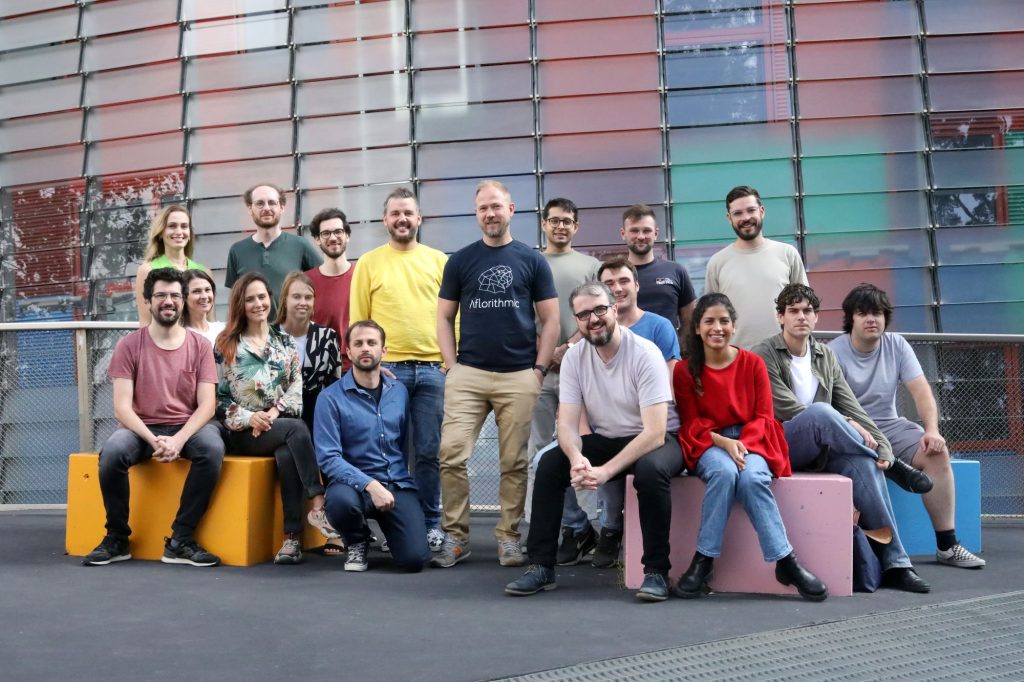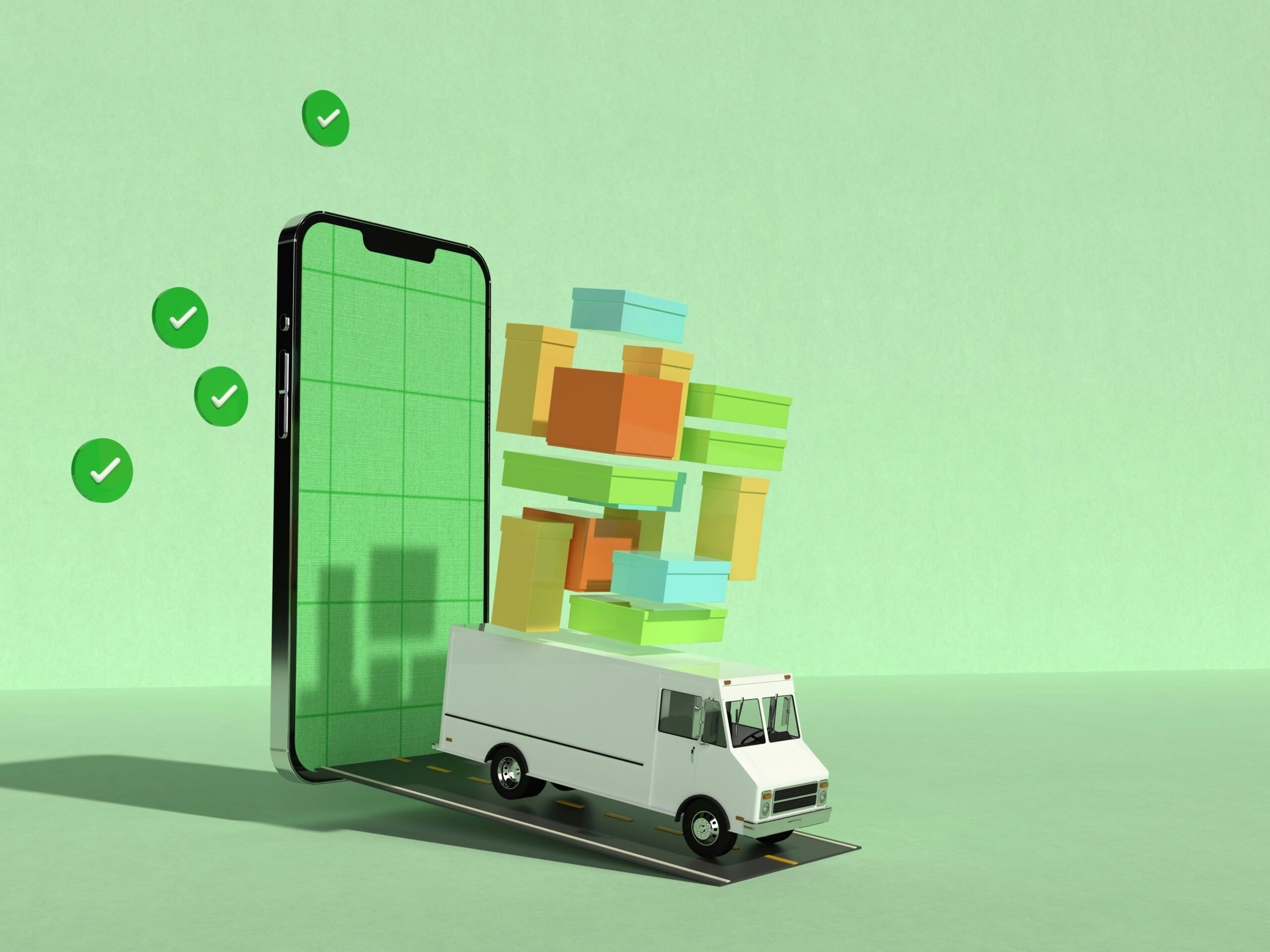Nobody can deny that the media industry has been struggling for quite some time. As a young journalism student at the beginning of the 2000s, I witnessed the changes that were taking place in the media space. By the time I was finishing college, several magazines had already shut down and the rest were trying to make the transition from print to digital, many of them without much success.
Now in the third decade of the new millennium, things are still shaking up in the media – but now there are more resources available to publishers. For Matthias Lehmann, COO of Aflorithmic, the world’s first fully automatable solution for end-to-end audio, written journalism has missed the boat when it comes to the internet.
First, publishers offered everything for free; then they placed their bets on advertising. After losing classified business to specialized platforms, many turned to clickbait – a phenomenon that is hurting journalism. “So what is our solution to this? There’s still lots of news being generated. Our offering is that you can repurpose the written content you already have and turn it into audio content,” says Lehmann.

In this way, Aflorithmic offers publishers a new format, which can be monetized easily with the help of podcast platforms. On top of that, media companies can save a lot of money by bypassing the traditional studio and sound engineering process.
It is possible for media companies to do this on their own. If they are extremely efficient, they can probably produce a piece of audio content in about two days. But with Aflorithmic’s technology, they can do it in just 10 minutes. Time and money are two factors that struggling media companies need to be aware of. Newsrooms are getting smaller every day and efficiency is always welcome.
The German case study
Heise is a leading media outlet for high-tech news in Germany that created a successful daily podcast. This new format is starting to pay off for them with advertising. Their problem started when they realized that they needed to produce more audio content per day.
“Once per day in the modern world we live in isn’t enough anymore. In a global society, if you don’t create something overnight, then you’re not up to date anymore and you’re not really competitive enough,” says Lehmann.
The editor of the publication wanted to double the reach but the podcast presenter, who already went through the recording process once per day, couldn’t handle the additional workload. So they created a synthetic version of her voice, using Aflorithmic’s AI-backed infrastructure. They were then able to launch a second version of the podcast, using the synthetic voice of the presenter, which received an excellent response from audiences.
“The best podcasts will always have a human speaker. But sometimes there’s too much news to be covered or a media outlet really wants to expand its reach but it cannot do that because of its resources. That’s where we come into play. As a listener, you still get the news. Even the journalist’s job has improved because she has more time to focus on other work,” says Lehmann.
Perks of audio

Aflorithmic is already working with different media companies in Spain, Italy, and Germany on synthetic audio projects involving podcasts. The growing interest in audio stems from the fact that screen time is pretty much maxed out, according to Lehmann. “You cannot squeeze more content onto a website that has already reached a maximum of what a person can actually consume,” he says. Another important factor is accessibility and the laws that are going to be passed in the coming years – synthetic voice lets publishers quickly convert written content into audio that can be equally enjoyed by low vision users. But the most interesting part of the synthetic audio trend is that companies like Aflorithmic are creating an audio production tool that simplifies the whole production process.
According to Lehmann, media companies are well aware of the fact that they are losing out on revenue, and are beginning to look for a solution in audio. But many still lack the resources and know-how to make the most of this format. “One thing that’s sometimes hard for media brands to understand is the notion that you cannot just take a piece of written content and then create an audio out of it and expect people to listen to it. Written content is not designed for audio so you have to be prepared to adapt it a little bit,” adds Lehmann. However, when companies know what they’re doing – and use the right tools – these adjustments can be made in as little as 10 minutes.
Aflorithmic’s vision is to build an all-purpose infrastructure, so that anyone can produce high-quality audio using synthetic media at the click of a button. To achieve this, they have developed four “engines”.
The first one is the podcast engine, which they have been using with Heise and other European publications in Spain and Italy. For the second engine, which focuses on AI advertising, they have teamed up with DanAds, a Swedish ad-tech company for self-serve ad management, to create synthetic ads and publish them directly on publishers’ websites. The result is professional-sounding, ready-to-publish audio ads – created in just seconds.
The third engine is called DCO (Dynamic Creative Optimization). It is very similar to the AI advertising engine, but users create multiple different versions of the ad at once, with up to 15 different background tracks, five different voices, and 10 different languages. The last engine is for video voice-over. In this way, Aflorithmic plans to become a one-stop shop for all things audio production. Media companies are just the start, but the future promises an even larger and more exciting scope.




